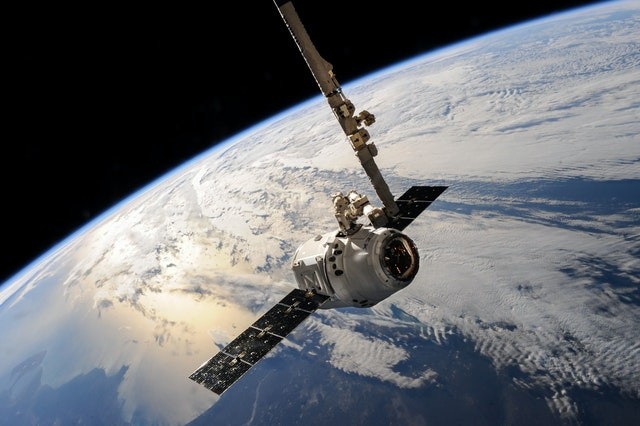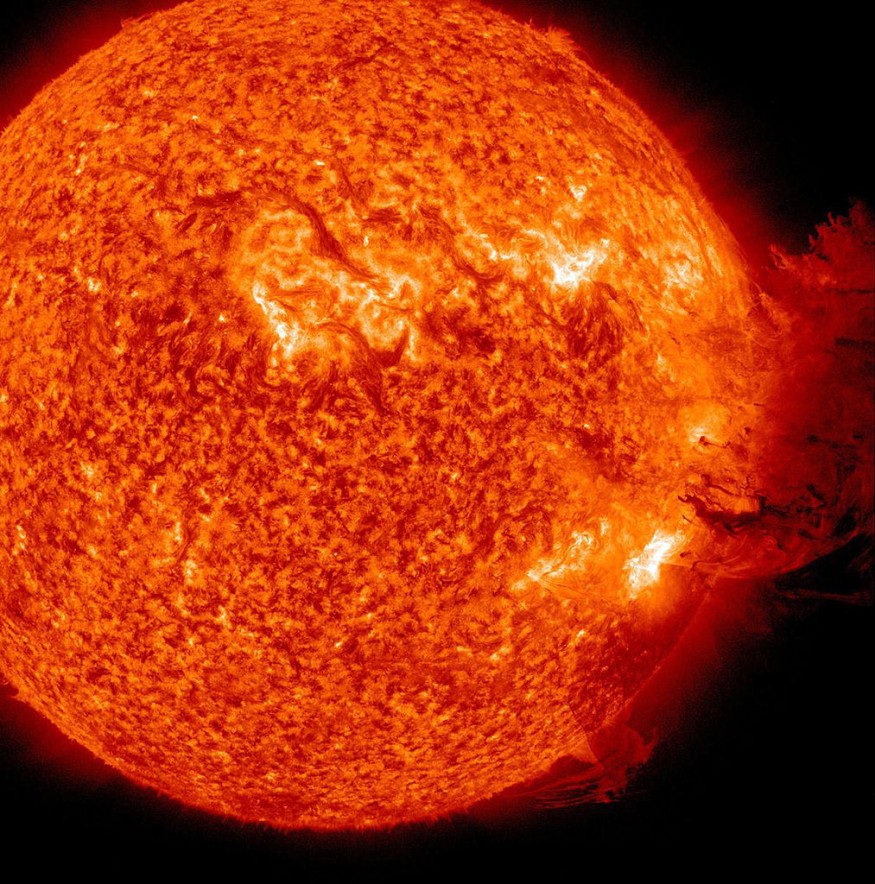The Galaxy 15 satellite of Intelsat is out of control due to powerful solar storms. Satellites in Earth's orbit are at risk due to rising solar activity.

The international satellite services company Intelsat has lost control of one of its satellites after it was ostensibly rendered inoperable by space weather.
Affecting Satellites
After a breakdown on Friday, Intelsat is working to recover control of the broadcast satellite Galaxy 15. According to a report from Spacenews.com, Intelsat claimed that a geomagnetic storm probably "knocked off onboard circuits essential to connect with the satellite" (opens in new tab).
According to Intelsat representative Melissa Longo, "the satellite is otherwise performing nominally, keeping Earth pointing with all payload activities nominal." As customers from Galaxy 15 are transferred to other satellites, the corporation will "continue to strive to retake command once they are off so we can eventually deorbit it," Longo continuedAccording to Intelsat, Galaxy 15 transmits news to the Americas from a geostationary orbit with a 133 degree west inclination (opens in new tab). The satellite was created by Orbital Sciences Corporation and launched in 2005. Northrop Grumman eventually bought the company.
Previous Incident
Intelsat had previously lost control of Galaxy 15 before. In 2010, the business could not communicate with the satellite for more than eight months until it started responding to commands from Intelsat's control center after its batteries had depleted and forced a reset.
On August 16, the U.S. National Oceanic and Atmospheric Administration (NOAA) issued a warning(opens in new tab) about a category G3 geomagnetic storm, stating that "impacts to our technology from a G3 storm are normally negligible."
Active Solar Cycle

When the sun is in an active phase of its 11-year cycle, observers looking through telescopes with specialized solar filters and taking pictures of the sun can see dark sunspots dotting its surface. Solar flares, the most explosive events in our solar system, and brief but spectacular and powerful bursts of radiation that persist for a few minutes to many hours on the sun's surface will be detected by space observatories. Strong coronal mass ejections, also known as CMEs, are occasionally discharged into the interplanetary medium from the sun.
Should we be worried?
These enormous bubbles of gas and magnetic fields can contain up to a billion tons of charged particles and have velocities of up to several million miles per hour. This solar matter flows out into space and occasionally collides with Earth. Is that hazardous? Do we need to worry?
On the surface of the Earth, solar storms pose little threat to people. Although the thought of these storms is terrifying, they cannot hurt us as long as we are on the surface of the Earth, where we are shielded by the atmosphere. Since the sun and Earth were created billions of years ago, there is every reason to think that there have been storms on the solar. If so, then they had a significant impact on the evolution of all species on Earth.
Related Article : Expert Warns 'Situation Worse than Covid' if Government Ignores Solar Flare Defense
For more cosmic news, don't forget to follow Nature World News!
© 2025 NatureWorldNews.com All rights reserved. Do not reproduce without permission.





